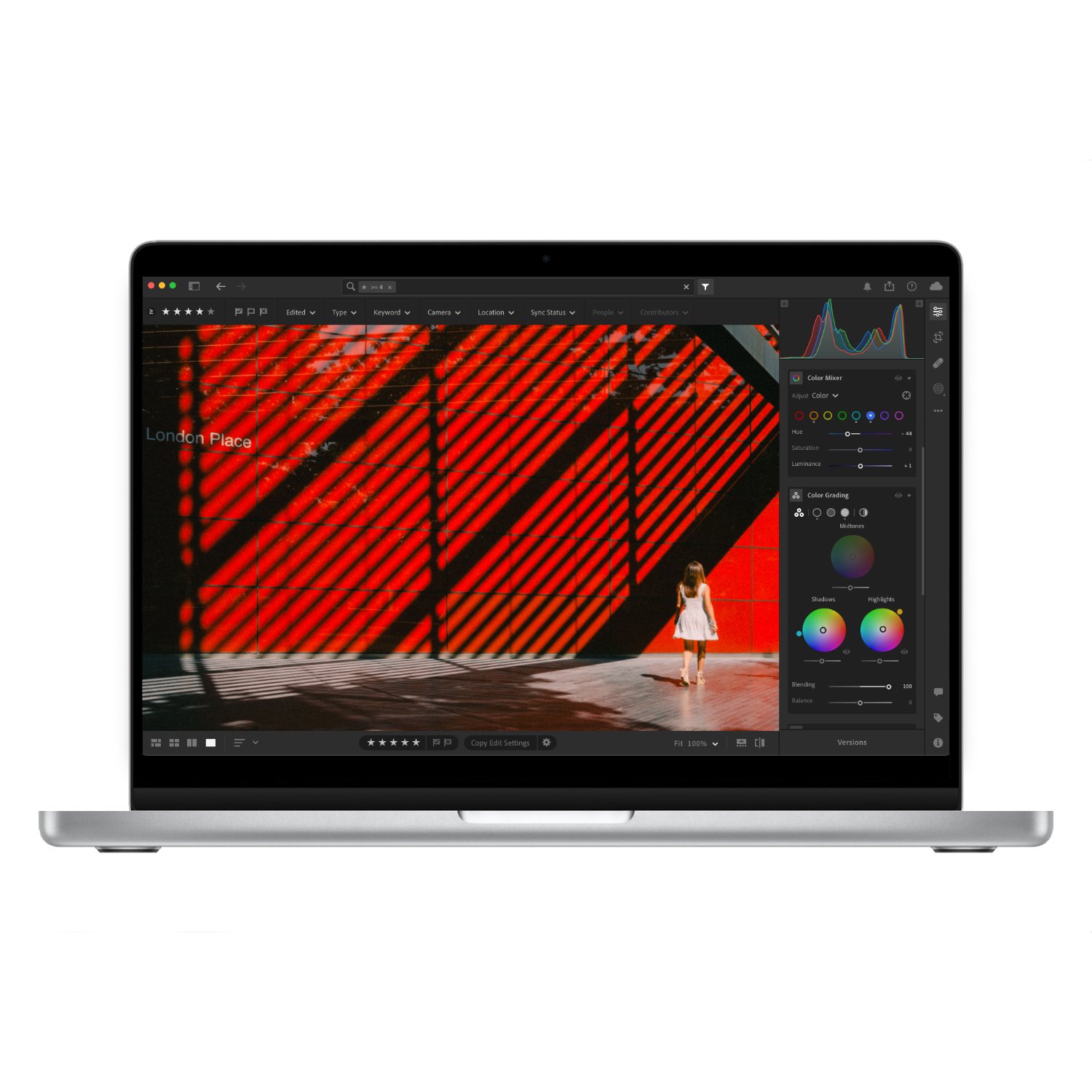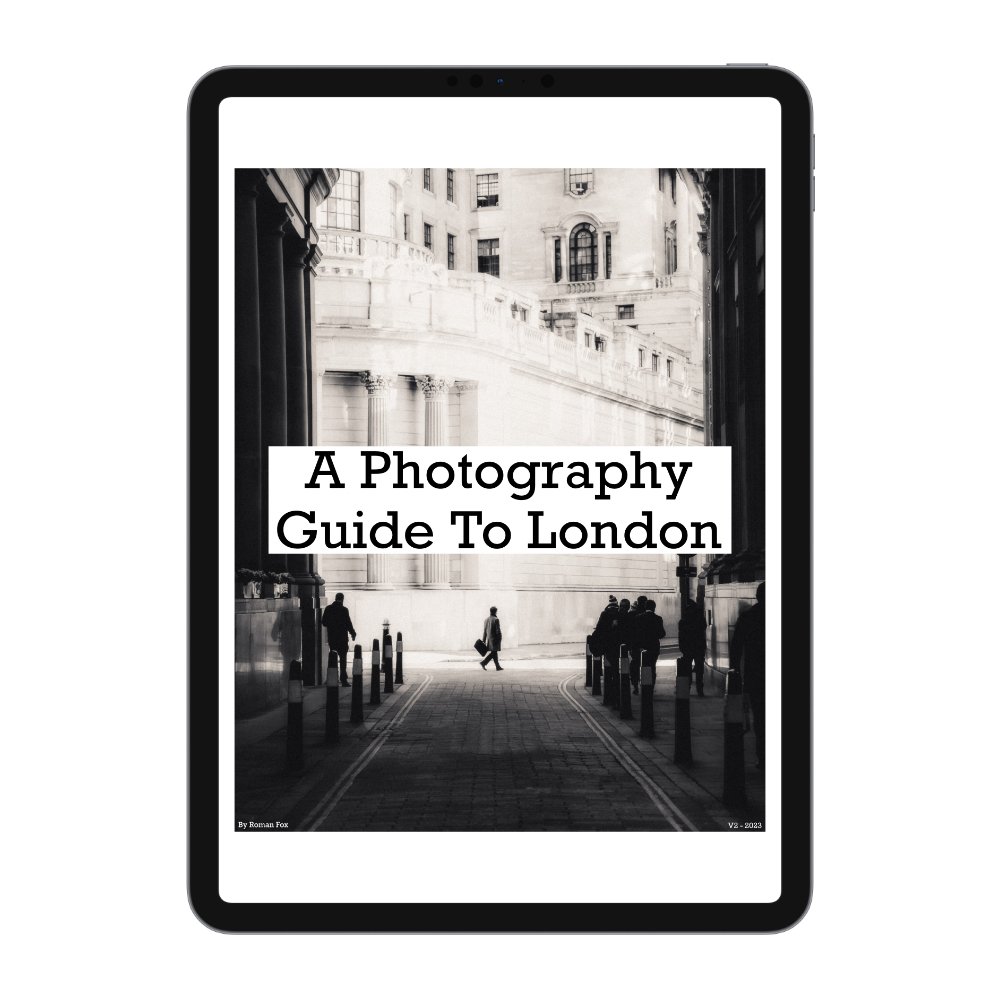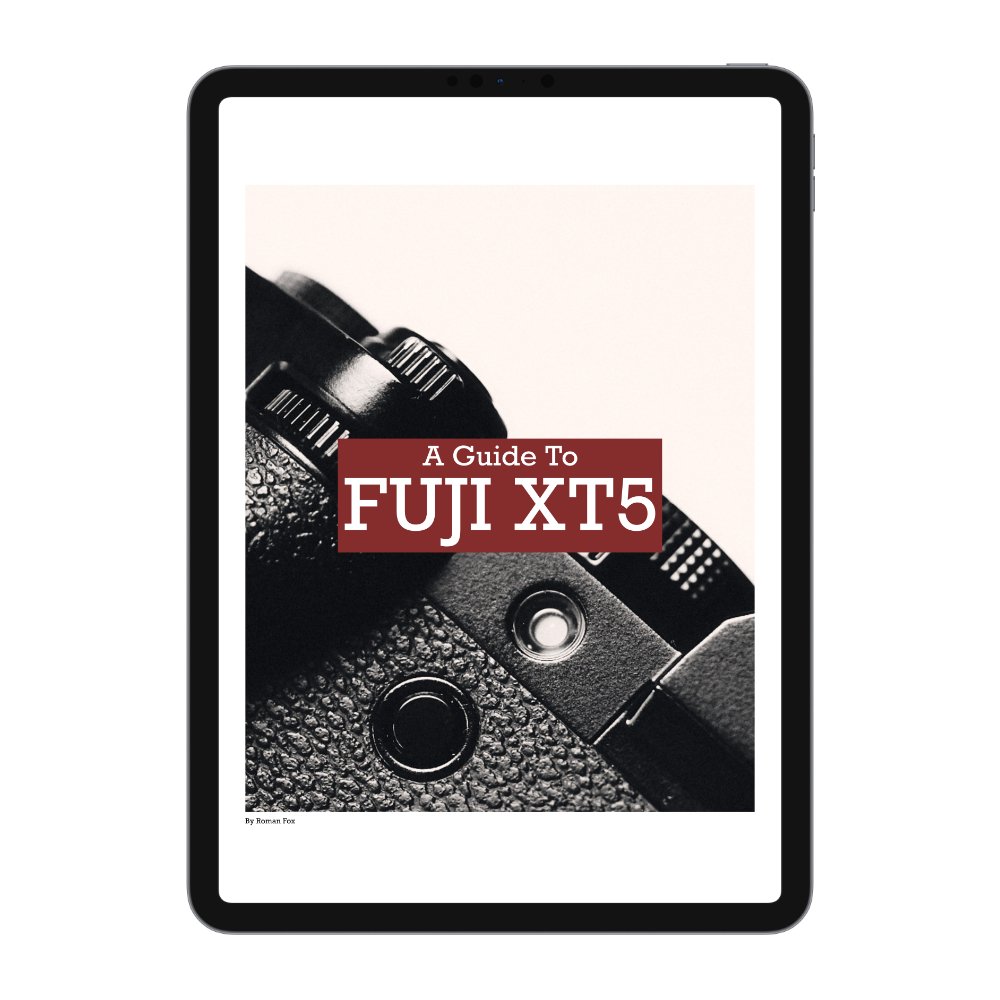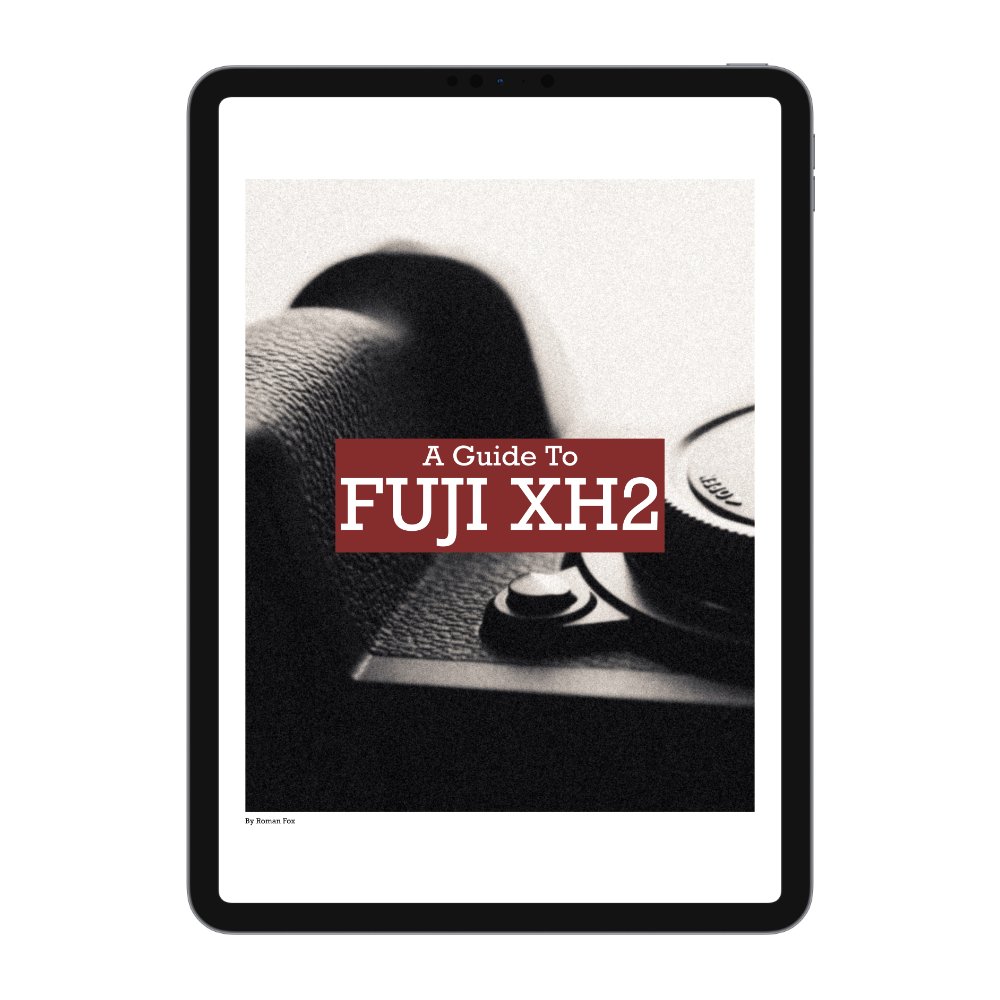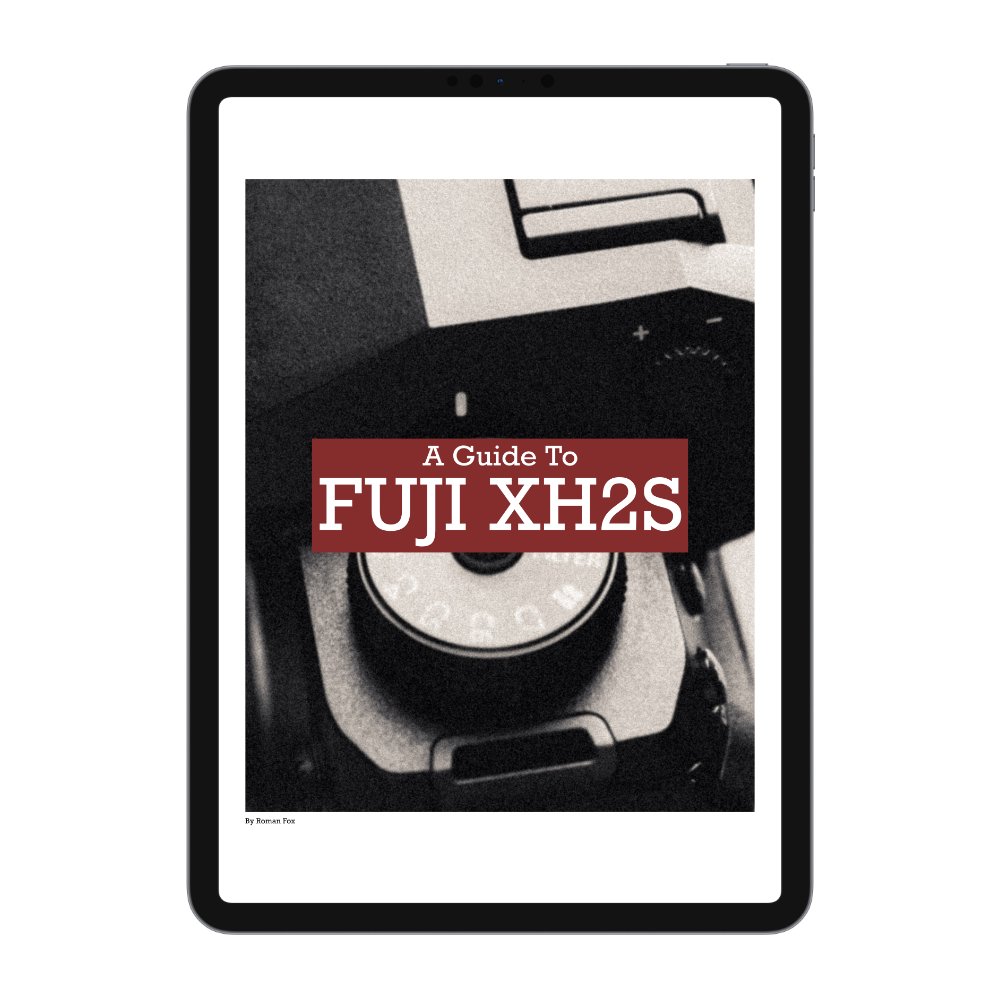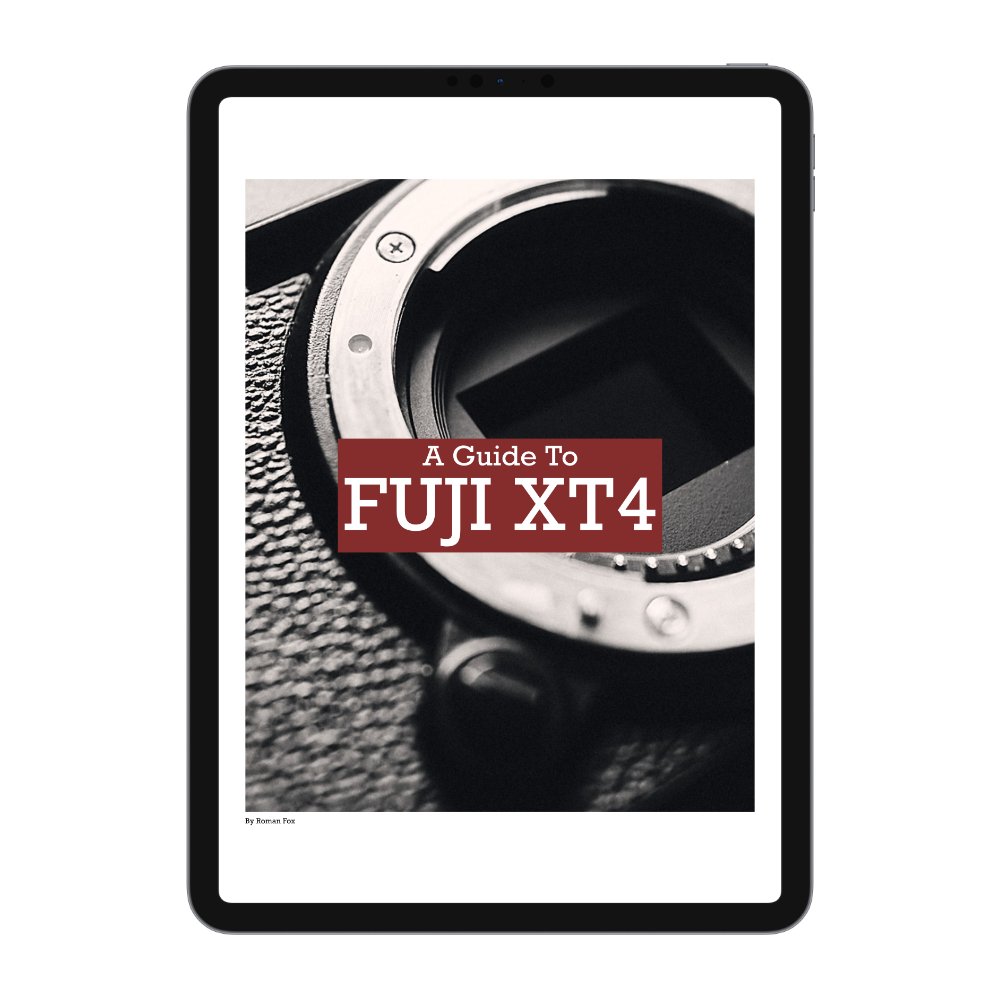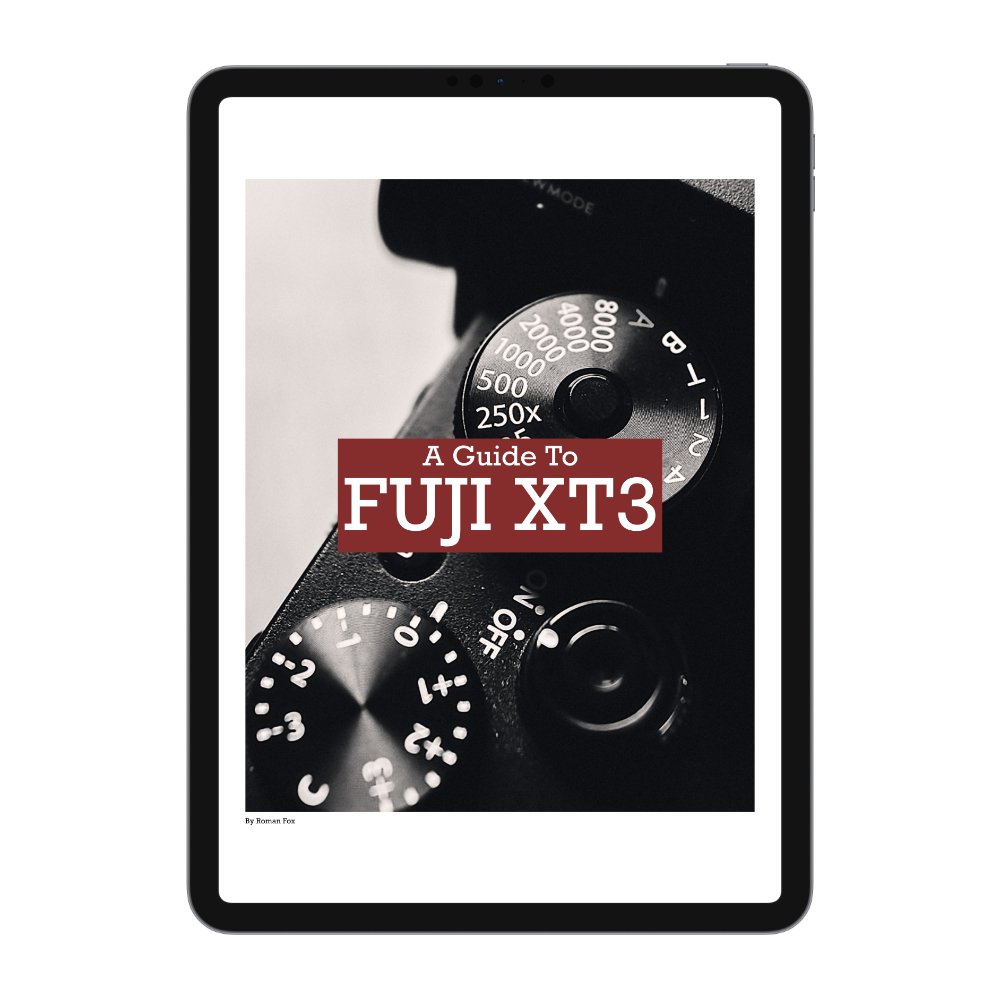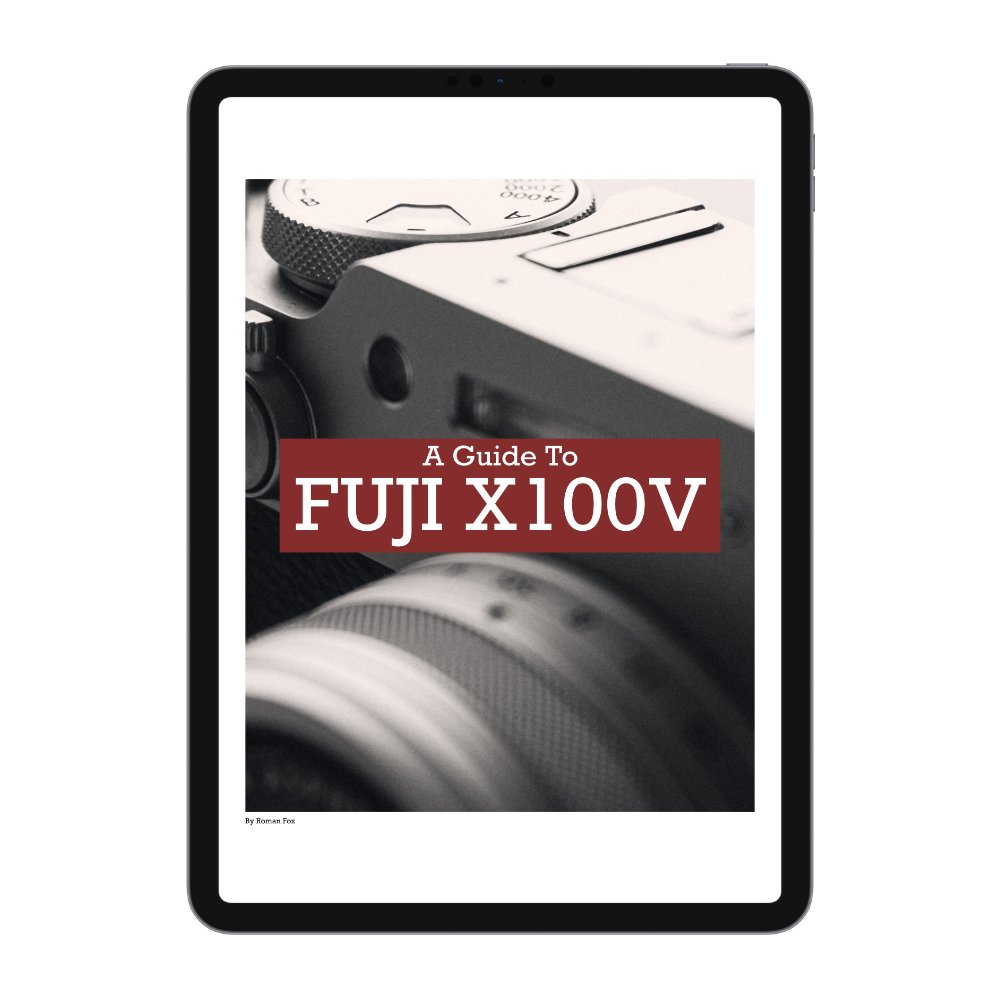New to Fujifilm? 5 Things you need to know
Image Quality
I’m pretty sure Fujifilm will be upset for me saying this but if your only focus is image quality, then honestly any Fuji camera from the XT3 era onwards will have great image quality. The XT5 and XH2 with the bigger resolution will allow you to crop a little more and the XH2s will have a little more dynamic range but honestly it’s not such a huge difference that will warrant you spending up to 4 times as much money. In general Fujifilm carry over the sensor into different bodies so the image remains the same whether you’re using an XT4 or an XT30. Finally the colours, the tone and the overall look will be pretty much the same between an XT3 and an XT5. The big differences you pay for are other features such as build quality, weather sealing, autofocus, battery etc. Obviously if you have the cash to spend, get the latest and best. This is more for people on a budget who are trying to work out what’s better value.
JPEGs
If you’re new to photography or want the easiest possible workflow then you need to check out the almost unlimited possibilities with the JPEG profiles. Not only do you have the different film simulations but you also have a ton of different ways to dial in your look. That includes clarity, grain, tone curve, dynamic range and more. I’ve written a blog sharing the JPEG settings I come up with and also there is an amazing blog from Fuji X weekly that has even more profiles for you to try.
LR vs Capture One
When I first started using Fujifilm, I kept getting reminders why Lightroom is the work of the devil and I must switch to Capture One. If I didn’t switch to Capture One then my images would look like garbage and be full of noise. I’m here to tell you that this advice is generally nonsense for normal people. If you’re a pixel peeper who agonises over each pixel, then there is an argument that Capture One provides a slightly cleaner image at 400% crop. However from a normal perspective, I find that Lightroom is not only a more efficient editor but I personally prefer how it renders Fuji colours. Capture One is still an amazing software for commercial professionals but for most people like me and you, it’s overkill. I have a whole blog on this below.
Smaller Lenses
One of the benefits of APSC is the smaller form factor both for bodies and lenses, however over the years Fuji gear has been gaining weight and as much as I love some of their zooms, they are now feeling outdated and bloated. My suggestion is to stick with the smaller form factor lenses because you get 90% of the image quality but in a much smaller, lighter and cheaper package. For example if you were looking at the Fuji 16-55 zoom, then may I suggest the Sigma 18-50. If you were looking at the new f1.4 and f1.2 primes, then I would definitely recommend the f2 versions instead (unless you plan to shoot at night a lot, then get the 1.4). There is no point owning camera gear so big and heavy that you don’t want to even take it outside.
Firmware
Last but not least make sure to frequently check your firmware on Fuji’s website. Every few months they release updates which include bug fixes, performance improvements and even new features.

